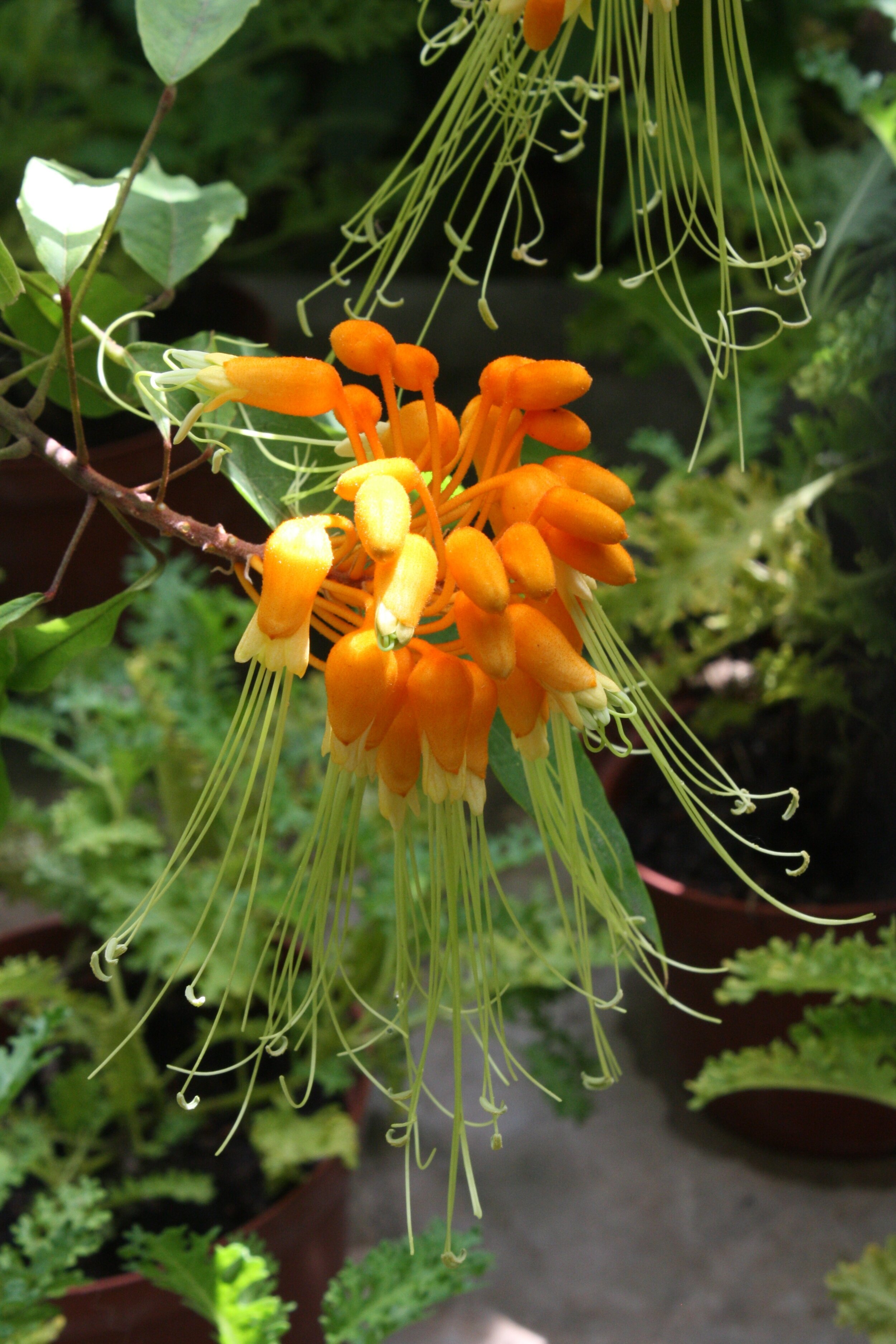The Water Cycle
Water is essential to life. Every living creature depends on it for survival. Water is always moving above, on, and below the surface of the Earth. This natural movement is called the water cycle or the hydrologic cycle. During this cycle, water not only moves, but it also changes its state, or form.
Chemistry in the Kitchen: Create Your Own Rock Candy
If you’ve ever been to a candy store, there’s a good chance that you’ve seen what looks like colored crystal-like candy on a wooden stick. This is rock candy, and it’s not made from the rocks that you’d find in nature. Rock candy is made from crystallized sugar that forms in water. Anyone who has sugar, water, and a stovetop at home can easily make rock candy. Luckily, we’ve got some directions below so you can make them.
National Meteor Day
June 30th is known as “National Meteor Day”, so this week we’re going to talk about meteors and other space objects. You may have heard of asteroids, comets, meteoroids, meteors, and meteorites, but what are the differences between them? Let’s explore each one.
Distance Learning Module: Seasons, Equinoxes, and Solstices
This Saturday—June 20, 2020—marks the official beginning of summer in the Northern Hemisphere, with the occurrence of the June solstice. In celebration, we’re focusing this week’s Distance Learning offerings on seasons. Today we’ll revisit a previous lesson about what causes the Earth’s seasons—with bonus content added to focus on the solstices!
At-Home STEM Activities: A Plant Family Tree
Since this week is National Wildflower Week, we’re spending the week looking at the plant world. First a quick look at the evolution of plants.
Biologists believe that plants evolved from algae between 400 and 500 million years ago. The first plants were bryophytes that did not have vascular tissue- that means that they didn’t have special systems for moving water and nutrients from one part of the plant to another- instead these things moved by osmosis.
At-Home STEM Activities: Ocean Currents
Dreaming of summer trips to the beach? This week we’re exploring different aspects of aquatic systems.
Our oceans provide food, fun, beautiful views- and they’re also a huge part of climate and weather conditions as ocean currents move both water and energy from place to place. Exploring the weather is a topic for another week, but today we’ll look at the factors that help create and direct currents.
At-Home STEM Activities: DIY Sextant
For New Hampshire’s April school vacation week, when none of us is actually going anywhere, we decided to focus on things we could do if we did have some sort of wild vacation adventure and ended up on a deserted island-
Maybe at this point, despite how much fun it might be on a deserted island, you’ve decided you want to go back home again. Whether that’s in a boat that has miraculously appeared (or you decide to accept this week’s Saturday STEM Challenge) or because you’ve finally figured out how the Professor on Gilligan’s Island made a radio out of coconuts and now you can broadcast a message asking for help, you need to know where you are before you can get home.
There are two pieces of information you need to determine that: your longitude and your latitude.







